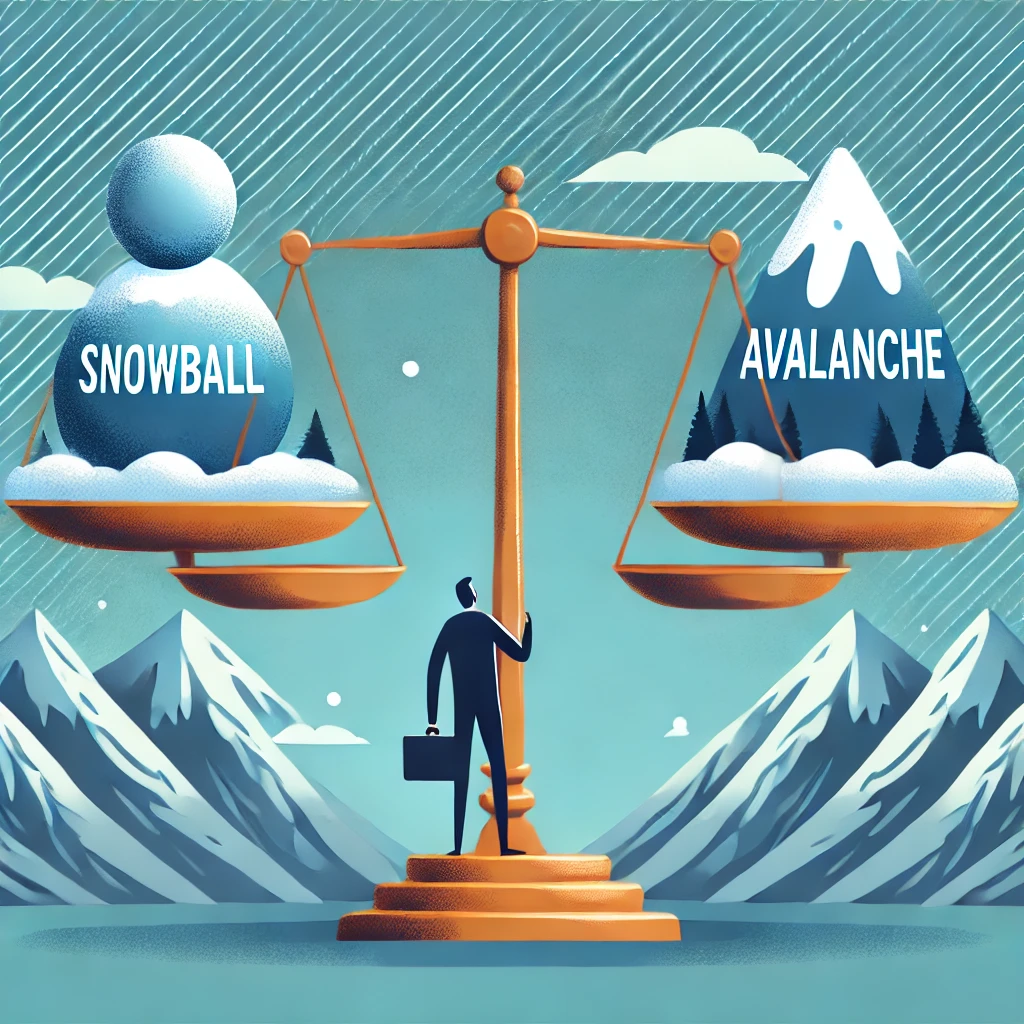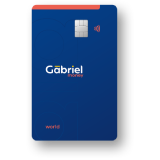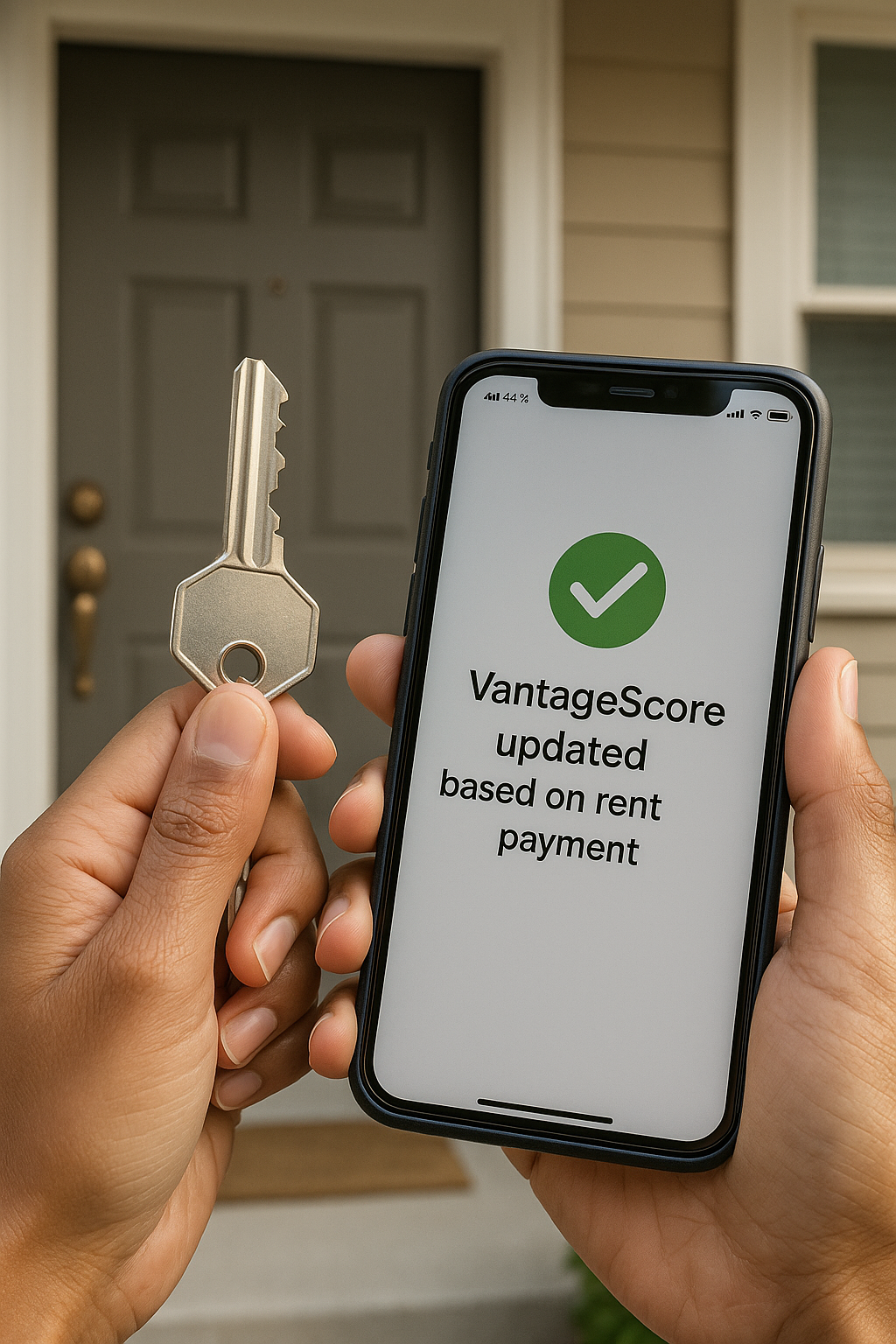
Credit cards are one of our favorite tools when it comes to making purchases that aren’t usually affordable, covering emergency expenses, or even splurging on a trip to Las Vegas with friends to accumulate points (that’s what you told yourself but in reality you swiped your credit card all weekend and screamed YOLO!). But one day, you might wake up and realize you’ve maxed out your credit cards. When this happens, it’s crucial to have a strategy in place to tackle the debt. Here, we introduce two effective methods to managing debt with the Avalanche method and the Snowball method.
The Avalanche Method
The Avalanche method focuses on minimizing the amount of interest you pay over time. Here’s how it works:
1. List All Your Debts: Start by listing all your debts, including their outstanding balances and interest rates.
2. Prioritize by Interest Rate: Order your debts from the highest interest rate to the lowest.
3. Make Minimum Payments: Continue making minimum payments on all your debts.
4. Target the Highest Interest Rate Debt: Allocate any extra money you have to pay off the debt with the highest interest rate first.
5. Move to the Next Deb: Once the highest interest rate debt is paid off, move to the next highest, and so on.
Advantages:
- Interest Savings: You’ll save money on interest payments in the long run.
- Faster Payoff: Debts with high interest rates are eliminated quicker, reducing the overall time to become debt-free.
Disadvantages:
- Slow Progress: It might take longer to see significant progress, which can be discouraging if you have large high-interest debts.
The Snowball Method
The Snowball method focuses on building momentum and motivation by paying off the smallest debts first. Here’s how it works:
1. List All Your Debts: Start by listing all your debts, but this time order them from the smallest balance to the largest.
2. Make Minimum Payments: Continue making minimum payments on all your debts.
3. Target the Smallest Debt: Allocate any extra money you have to pay off the debt with the smallest balance first.
4. Celebrate Small Wins: Once the smallest debt is paid off, celebrate your progress and move on to the next smallest, and so on.
Advantages:
- Quick Wins: You’ll experience quick wins as you pay off smaller debts, which can boost your motivation and confidence.
- Simplified Process: The simplicity of this method can make it easier to stick with your debt payoff plan.
Disadvantages:
– Potentially Higher Interest Costs: You might pay more in interest over time compared to the Avalanche method because you’re not focusing on the interest rates.
Which Method is Right for You?
Choosing between managing debt with the Avalanche and Snowball methods depends on your financial situation and personal preferences. If you’re motivated by quick wins and need a psychological boost, the Snowball method might be more suitable. On the other hand, if you’re focused on minimizing interest payments and have the discipline to stick with a longer-term plan, the Avalanche method might be the better choice.
Regardless of which method you choose, the most important thing is to take action and stay committed to your debt repayment plan. Managing debt effectively requires discipline, patience, and a strategic approach. By using the Avalanche or Snowball method, you can take control of your financial situation and work towards becoming debt-free. To read more click here!
P.S. Just remember not to max out all your cards in Las Vegas again (let’s keep that a one-time thing).






